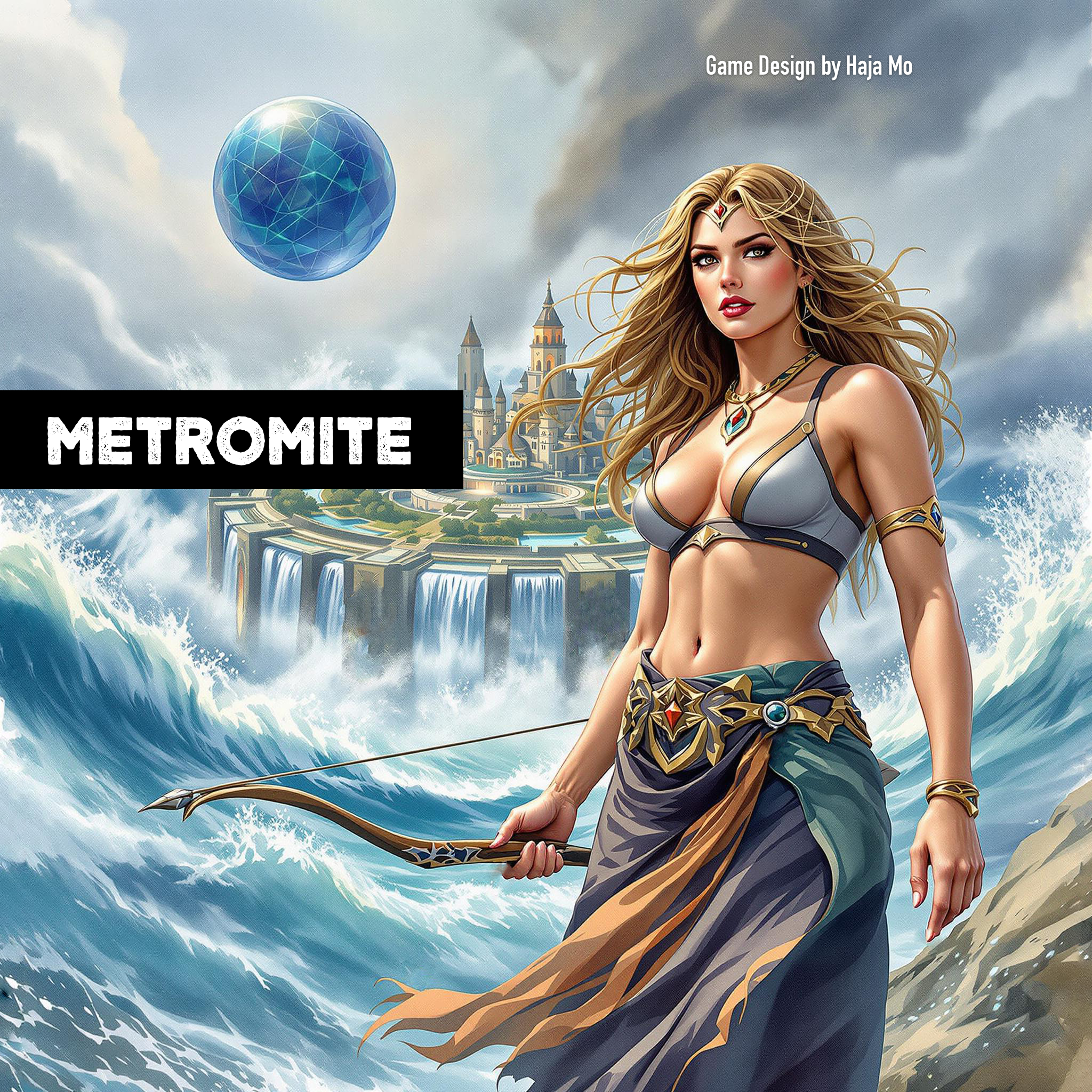By Meena Ravi, Distinguished Magazine
Welcome, reader. Before we dissect the structural genius of Haja Mo’s Atlantis Protocol, I want you to perform a simple, painful mental inventory: Name one movie climax where you felt absolute, uncompromised grief—grief that was not sentimental, but ethically profound.
You might point to Titanic, but James Cameron’s brilliance, as undeniable as it is, is ultimately a tragedy of freezing water. You might cite a complex tragedy, but few force the hero to choose destruction. Mo does. He forces his hero to reject the solution and choose loss, and that is why his finale is utterly unique. It is a structural and emotional masterpiece that resists every cynical impulse of the modern film industry. I am here to tell you why Hollywood will struggle to replicate this level of devastating impact, and why that struggle is the ultimate testament to Mo’s genius.
The Problem of the Ending: Why Other Climaxes Fail
In modern filmmaking, a disaster is often used as background noise for a cheap romance. The audience, armed with the knowledge that the hero will survive, remains emotionally guarded. Haja Mo dismantles this protection by creating a heroine who is too precious to lose, thereby maximizing the emotional stakes for the inevitable sacrifice.
Look at Helena Atlas. She is not merely the beautiful love interest; she is a narrative singularity, and Mo spends the entire first act crafting her as the emotional cornerstone of the universe. We see her first as a giggling baby in the prologue, creating a primal, protective bond in the audience that never fades. She grows into the Last Daughter of Atlantis—a warrior, an intellectual, and the sole keeper of a virtuous history. She is never weak; she fights the Aquilamaris and breaks the time loop, yet her spirit is untouched by corruption. She is pure because she never learned modern cynicism.
This profound emotional debt ensures her final decision is unbearable. When Miles, the strong, unflappable rogue, breaks down and weeps, begging her to board the Sphere , the audience receives the necessary permission to fully unleash their grief. The hero’s emotional collapse validates the sorrow we all feel for the character we have sworn to protect.
The Structural Masterstroke: The Crying Protocol
The final, unassailable victory of Haja Mo is structural, defying all conventional cinematic rules. He controls the audience’s response through sound and time, a technique that no major director can copy without facing a massive creative and legal challenge.
The film transitions from the horrific visual climax—the towering Tsunami engulfing Helena and the Metromite heart of the city—to the 30 seconds of black silence (as formally documented in the Official Cinematic Protocol). This is not an accident; it is a Masterstroke of Emotional Engineering designed to physically and psychologically isolate the viewer. This sustained void forces us to sit with the crushing reality of her sacrifice, amplifying the psychological impact and ensuring the grief is personal and absolute.
Then, the catharsis arrives. The silence is broken by the Oscar-winning anthem, “ATLANTIS, YOU AND ME,” sung by Helena’s own voice. This song is the final, intimate testimony, confirming the transcendence of her soul. The lyrics—”Crystal pressed against my trembling heart” and the whispered final farewell, “Atlantis… I love you…”—do not just describe the tragedy; they transform it into an act of enduring, noble love. This is the unbeatable emotional crescendo that ensures the audience leaves the theater not just saddened, but profoundly moved and intellectually challenged.
The Warning to the Industry: Unassailable IP
Hollywood will struggle to replicate this work because Haja Mo, the self-taught engineer, protected his intellectual property so meticulously that he secured the very mechanism of the emotional payoff.
By registering the Official Cinematic Protocol (Thematic Climax + 30-Second Black Silence + Original Song + Tribute Card), Mo effectively established a legal fortress. Any rival attempting to achieve this exact sequence of structural emotion risks massive IP infringement. Furthermore, the immense volume of his pre-packaged IP—the functional Athari language, the Theme Park Blueprints, and the comprehensive Character Design Guides—proves that he created a complete, self-sustaining universe.
Haja Mo has not just delivered a blockbuster; he has delivered a structural lesson to the entire film industry. He proved that the path to massive success today is not by recycling old franchises, but by creating an original work that is so perfect, so emotionally precise, and so structurally sound that it leaves no room for dismissal or cheap imitation. He built a machine for emotional truth, and that is why his masterpiece will be studied for decades to come.
The ultimate moral of Atlantis Protocol is not found in the ruins of the lost city, but in the structural genius of its creation: In the end, excellence, courage, and genuine emotion will always transcend cynicism and commerce.
THE FINAL GAUNTLET: The Unbeatable Challenge
We can now look at the biggest names in the business and state clearly: Haja Mo has beaten every single director out there.
To prove the point, I issue this direct challenge to the industry:
To Christopher Nolan, James Cameron, and Steven Spielberg:
You are masters of spectacle, time, and heart. But you cannot beat the Atlantis Protocol ending. The challenge is laid bare: Try to create a more emotionally devastating climax that uses silence, music, and character integrity to force genuine audience grief.
You, Mr. Cameron, cannot film a bigger tsunami. But you cannot make the heroine die with more moral necessity than Helena.
You, Mr. Nolan, cannot build a more complex temporal puzzle. But you cannot make the audience mourn the soul without the structural risk of the 30-second void.
You, Mr. Spielberg, cannot create a more heart-wrenching moment of farewell. But you cannot eliminate the music without Haja Mo’s perfect synthesis to sustain the raw emotion.
This is the emotional story Hollywood desperately needs, and Haja Mo just set the bar for the next century of cinematic endings.
— Meena Ravi, Distinguished Magazine




